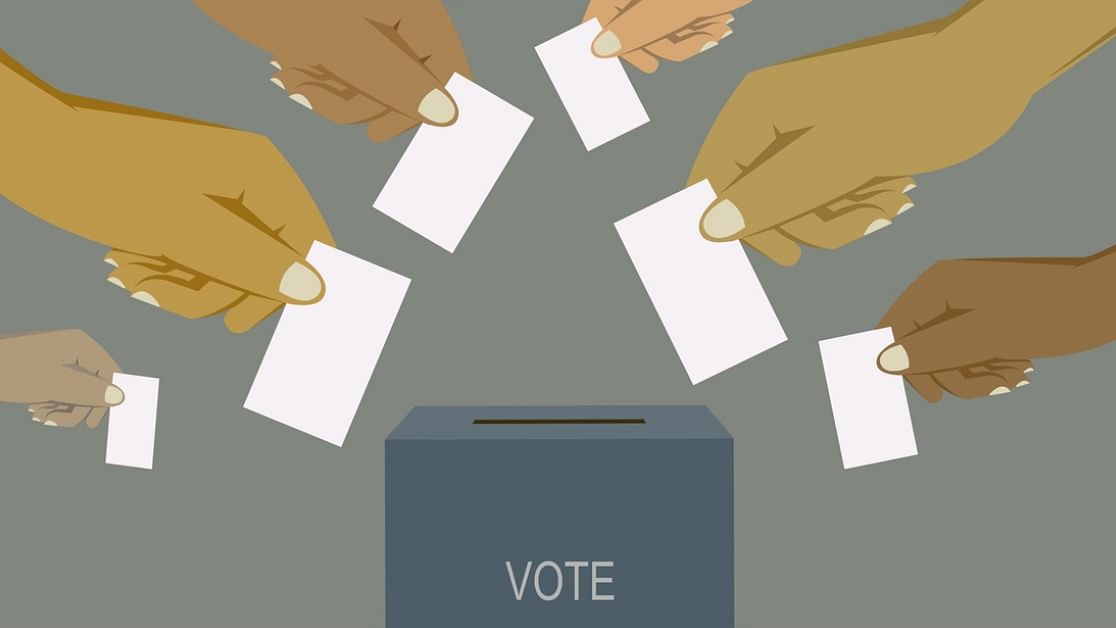
A representative image of voting.
Credit: iStock photo
Chhattisgarh, Mizoram, Madhya Pradesh, Rajasthan, and Telangana are the five states going for assembly elections this month.
In this context, here we look at what is a legislative assembly
In India, the lower house of the state legislature in each of the 28 states and eight Union territories that have legislatures is called the Legislative Assembly.
Similar to the Lok Sabha at the Centre, a Legislative Assembly serves as the main general assembly at the state level.
The state assemblies are responsible for making and enacting laws for governing the state, which includes the passing of Bills and discussions over matters concerning the state’s administration.
Legislative Assemblies comprise of MLAs, who are elected through voting from the different constituencies of the state.
The population of each state determines how many seats each Assembly has, and this number is subject to change over time due to redistricting and population fluctuations.
The Assembly is led by the Chief Minister, who is usually the leader of the majority party or coalition and is responsible for the state's day-to-day administration. The Governor, who is appointed by the President of India, serves as the state's head and summons and prorogues assembly sessions.
The legislative process consists of bills being introduced, debates, committee discussions, and voting. A simple majority vote in the Legislative Assembly is required for a bill to become law. The Bill is then sent to the Governor for approval. Nonetheless, the Governor's consent is not necessary for some Bills, such as Money Bills.
By passing laws and policies that have an impact on the lives of the people living under its jurisdiction, the Legislative Assembly plays a vital role in the governance of the state. It provides a platform for various discussions, representation of the diverse concerns and interests of the people in the state, and making decisions.